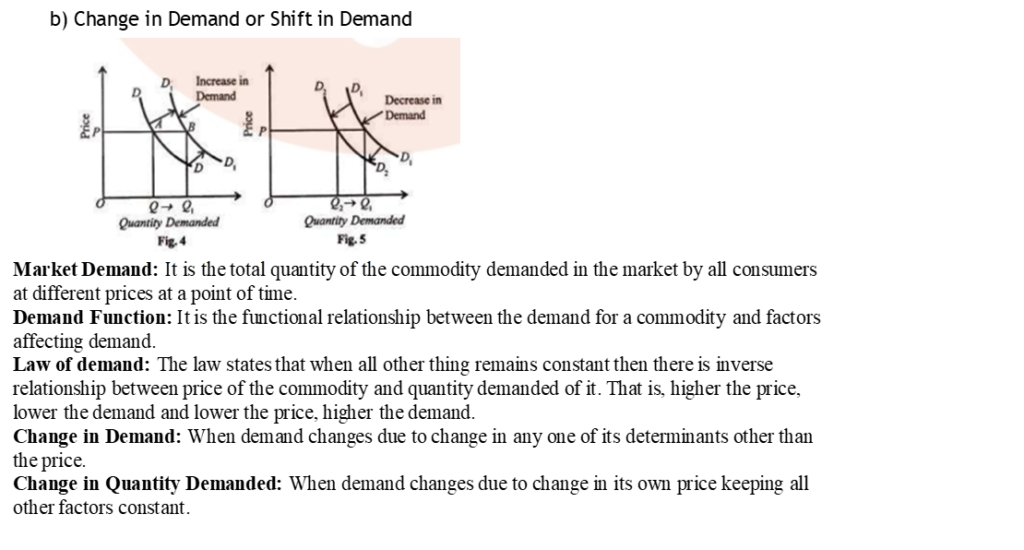Consumer behaviour is the study of how individual customers, groups or organizations select, buy, use, and dispose ideas, goods, and services to satisfy their needs and wants. It refers to the actions of the consumers in the marketplace and the underlying motives for those actions.
Utility is want satisfying power of a commodity. There are two types:-
• Total utility is the total satisfaction derived from consumption of given quantity of a commodity at a given time. In other words, It is the sum total of marginal utility.
• Marginal Utility is the change in total utility resulting from the consumption of an additional unit of the commodity. In other words, it is the utility derived from each additional unit.
Law of Diminishing Marginal Utility: As consumer consumes more and more units of commodity the Marginal utility derived from each successive units go on declining. This is the basis of law of demand.
Consumer’s Bundle is a quantitative combination of two goods which can be purchased by a consumer from his given income






Factors influencing Price elasticity of Demand
(a) Nature of the Commodity.
(b) Availability of Substitute goods.
(c) Income level of the consumer.
(d) Price level of the commodity.
(e) Time Period.
(f) Different use of the commodity.
(g) Behaviour of the consumer.
(h) Postponement of consumption



